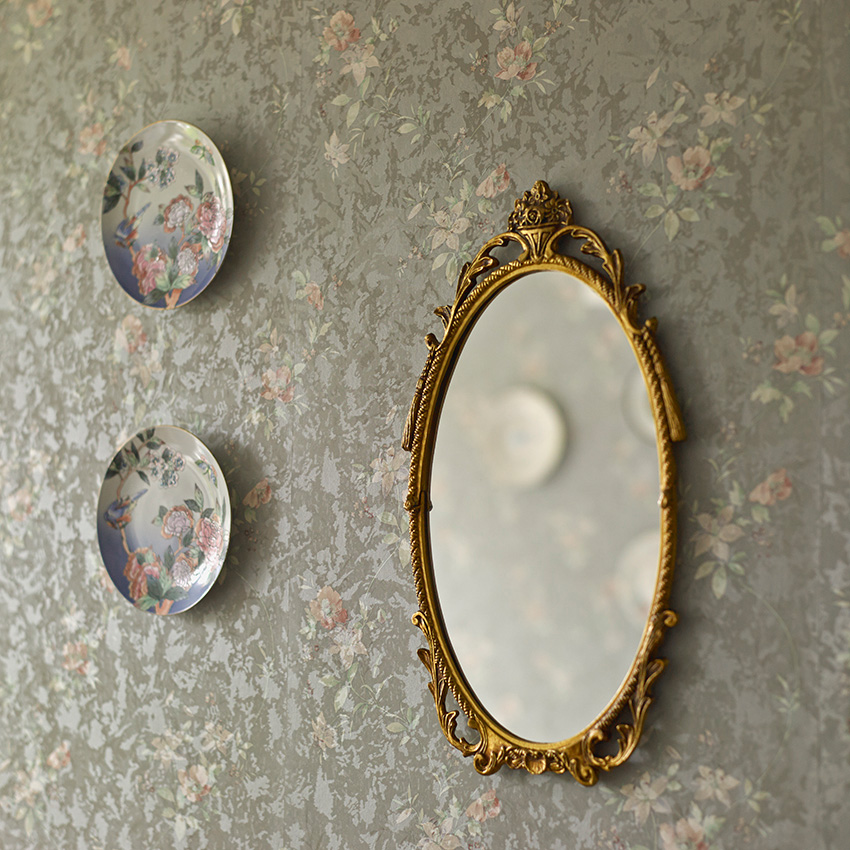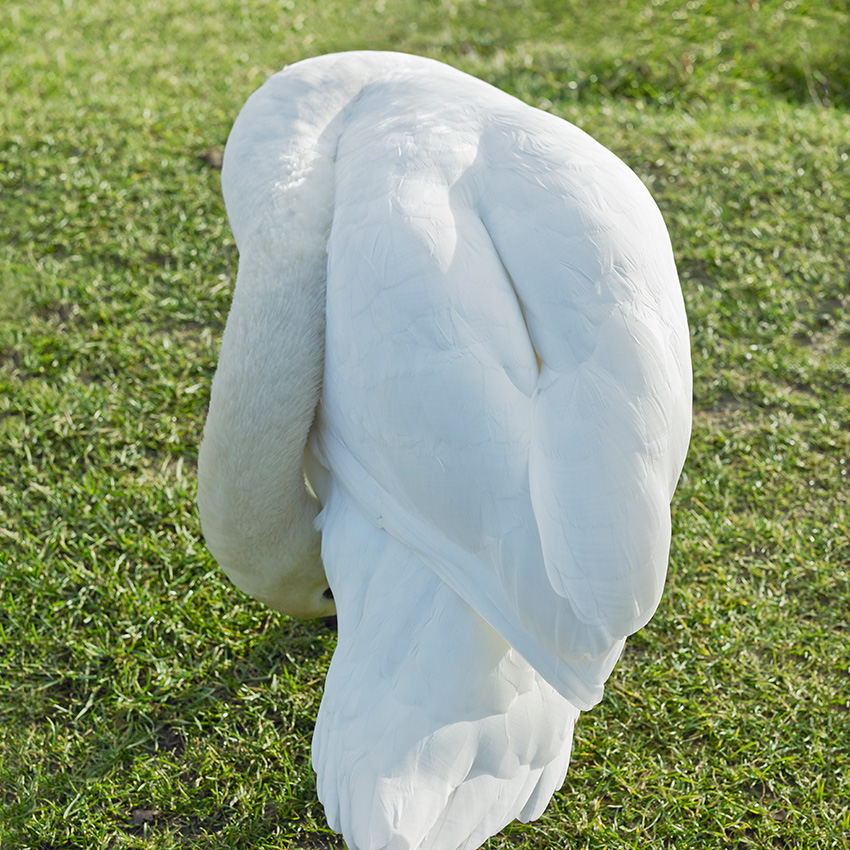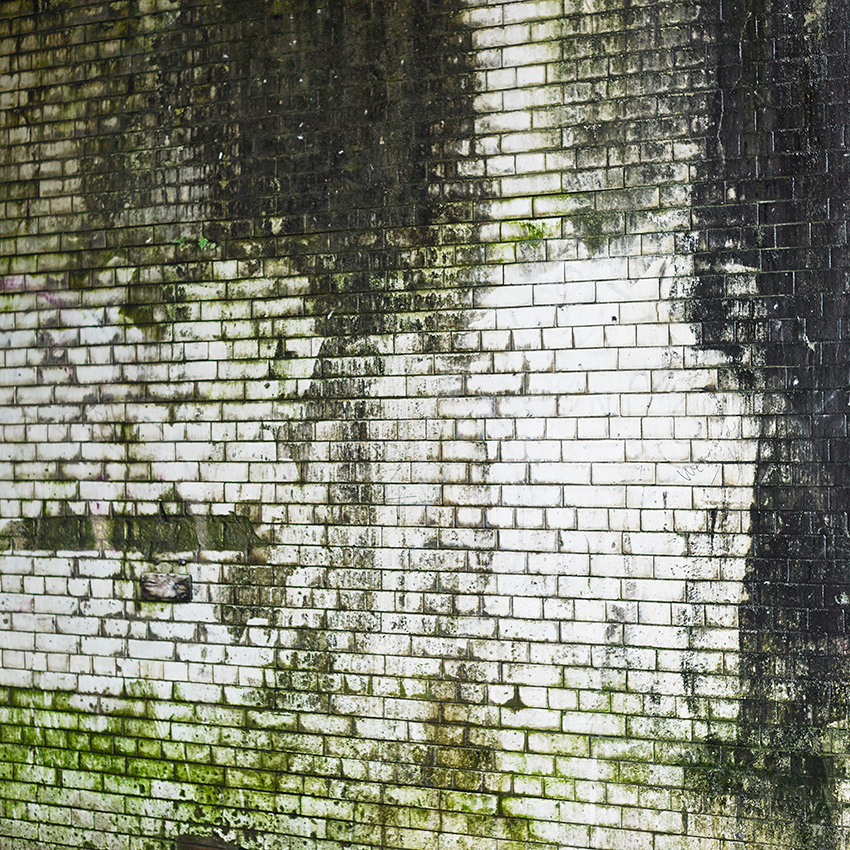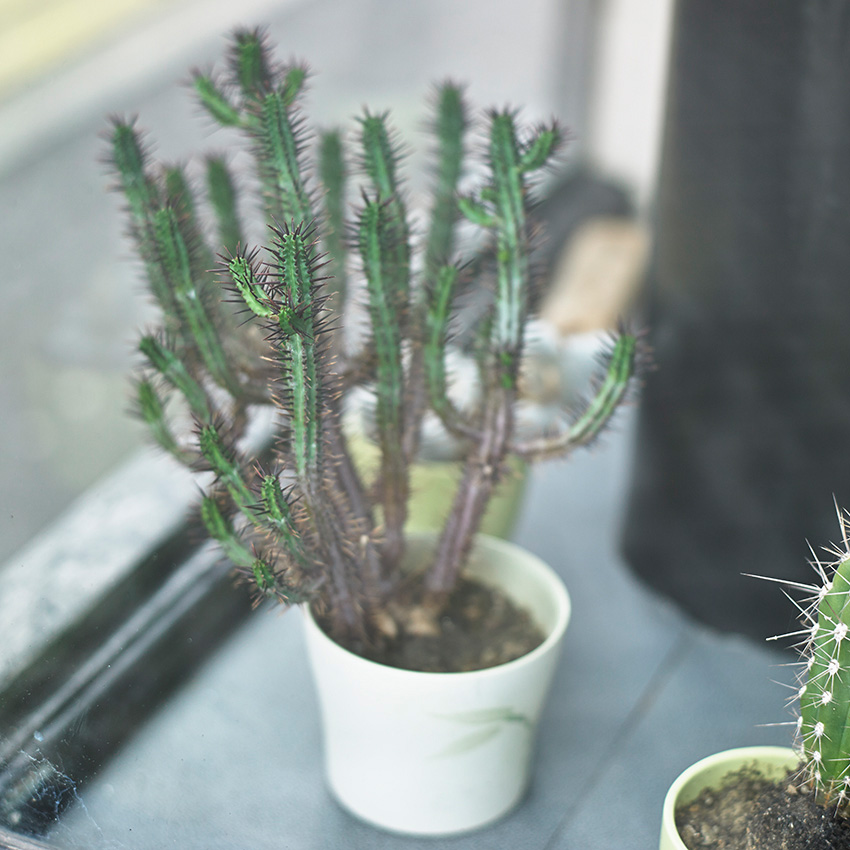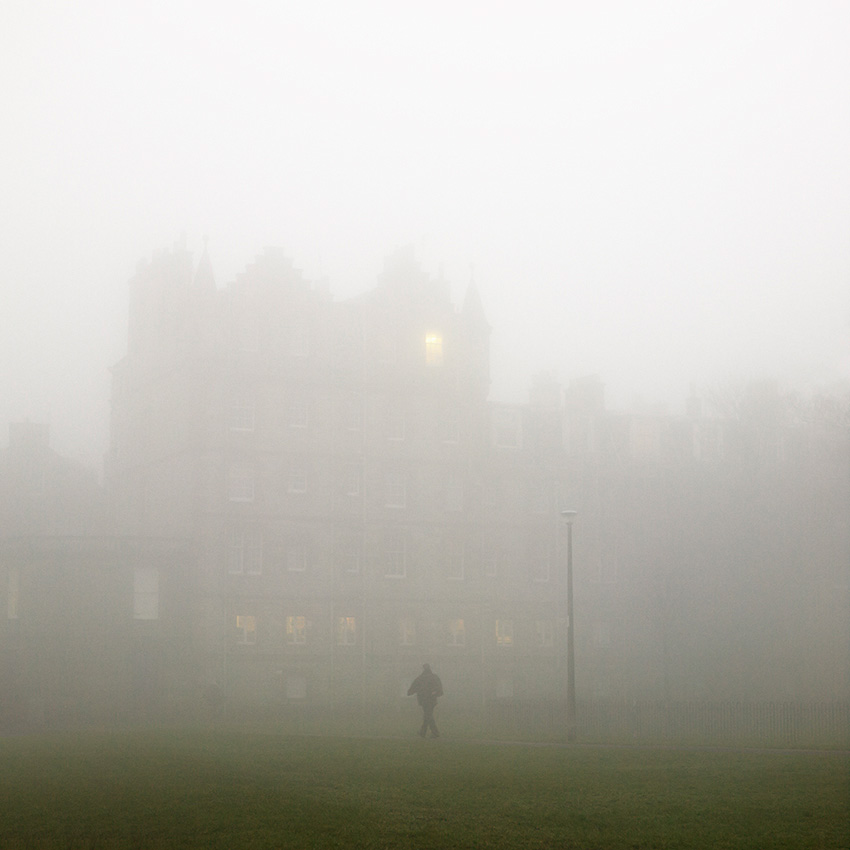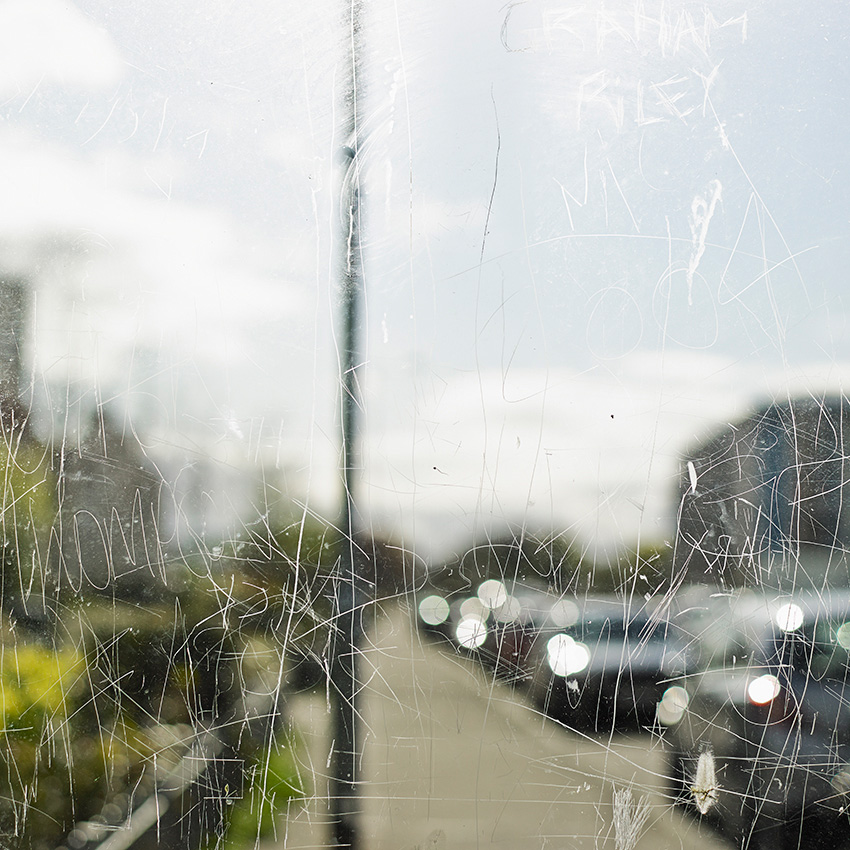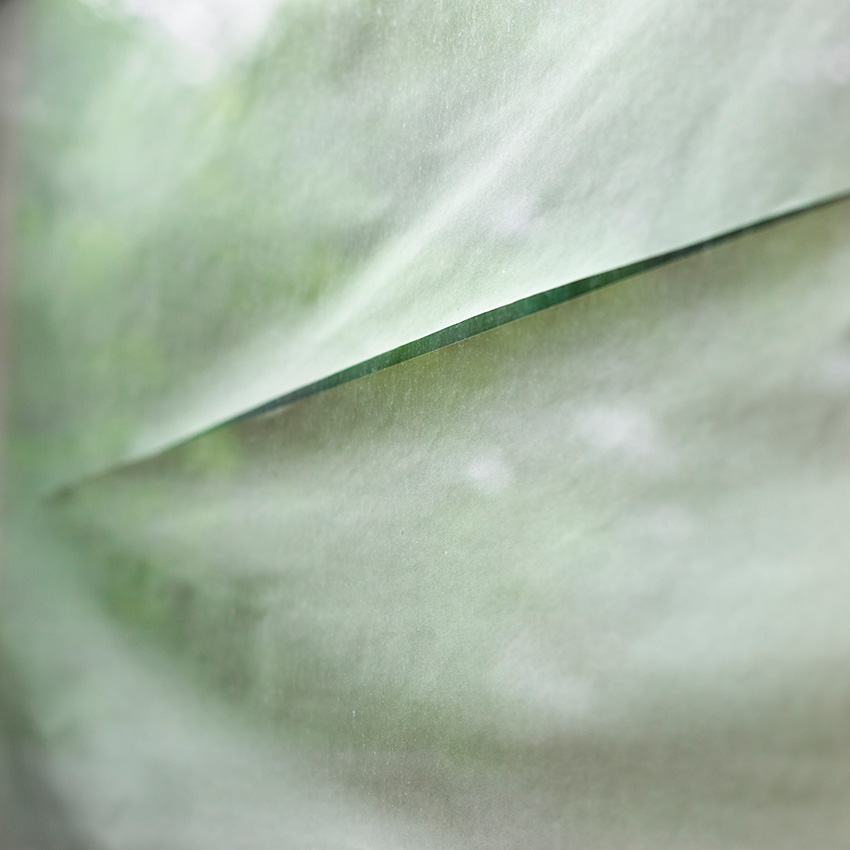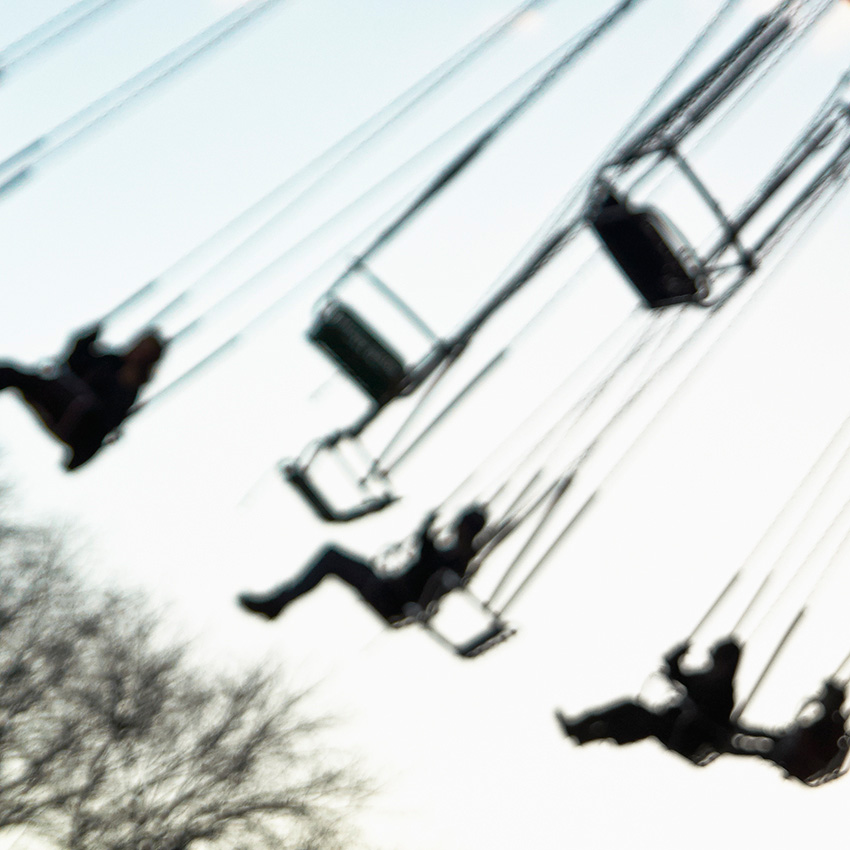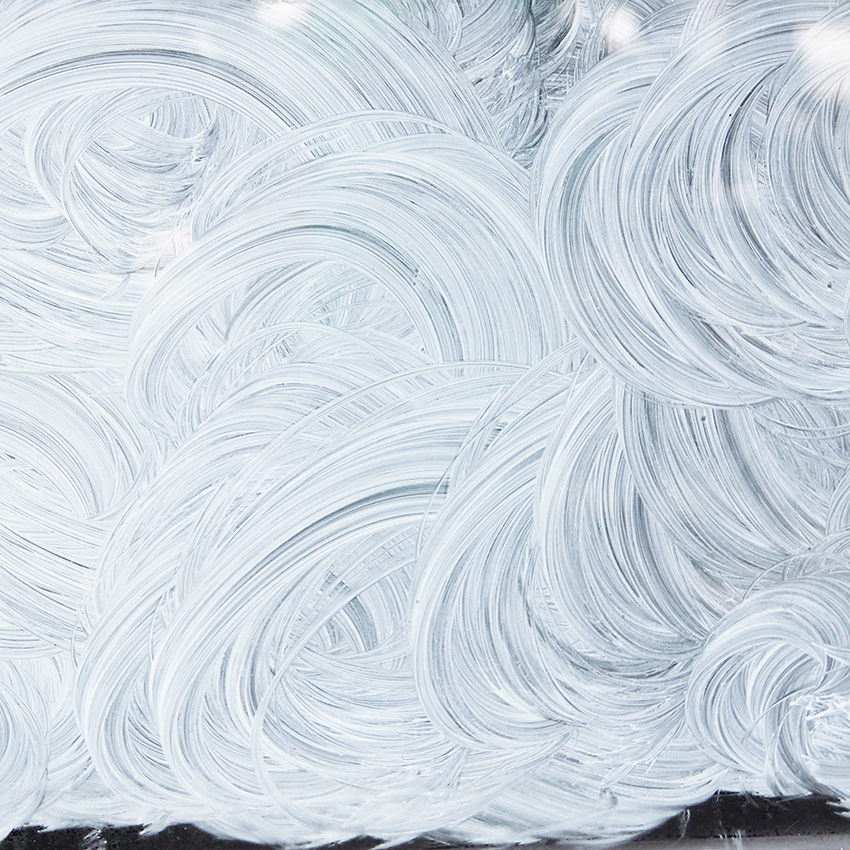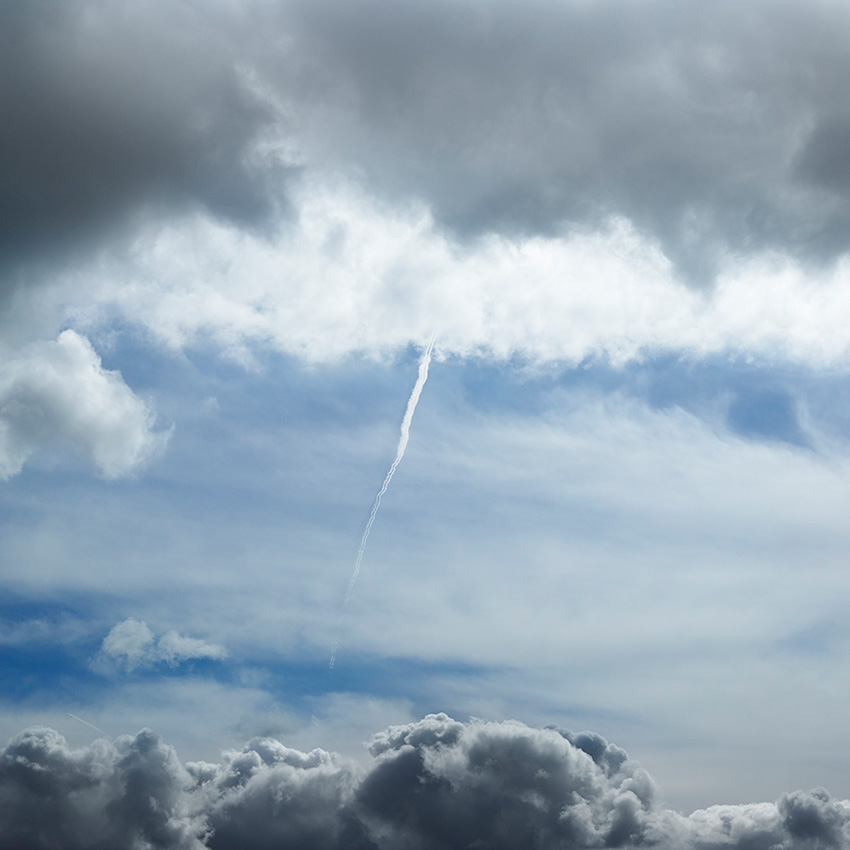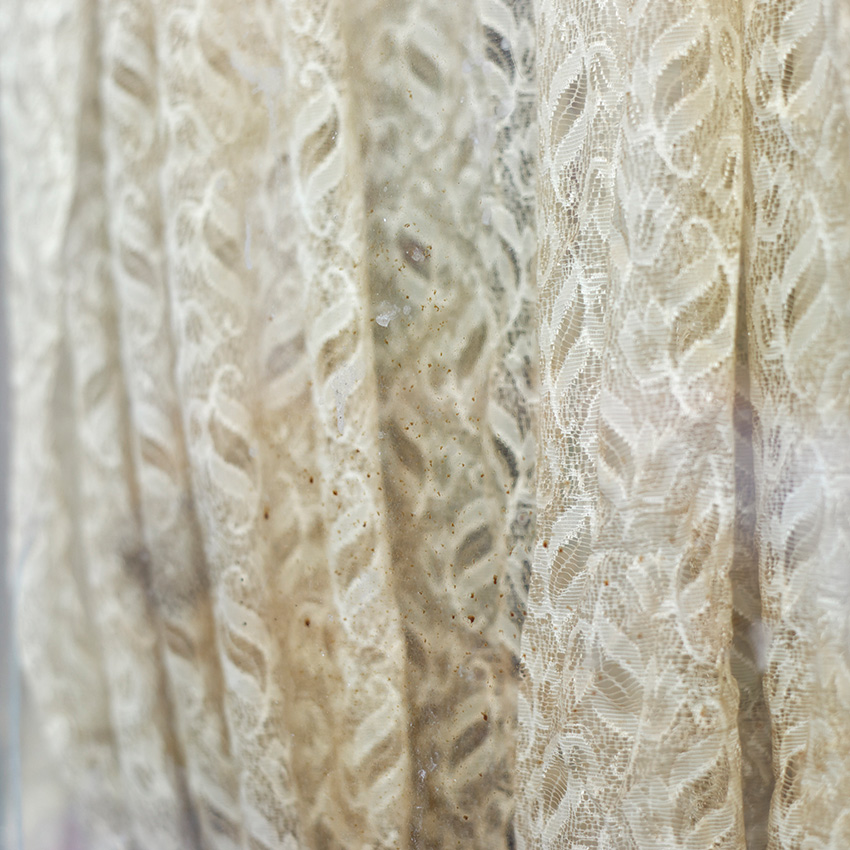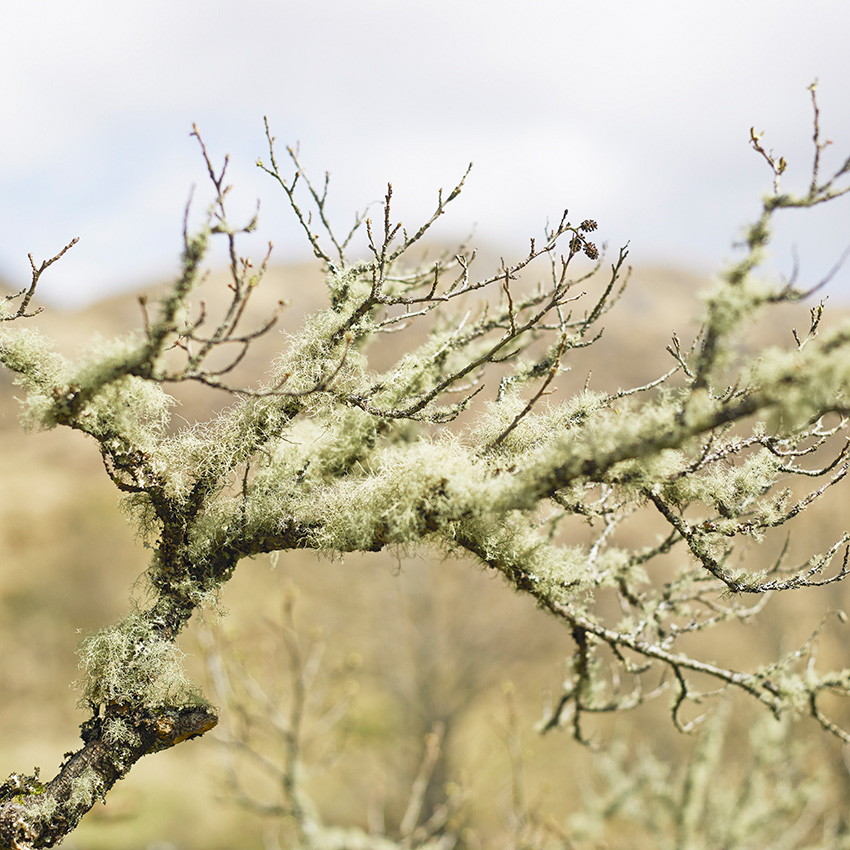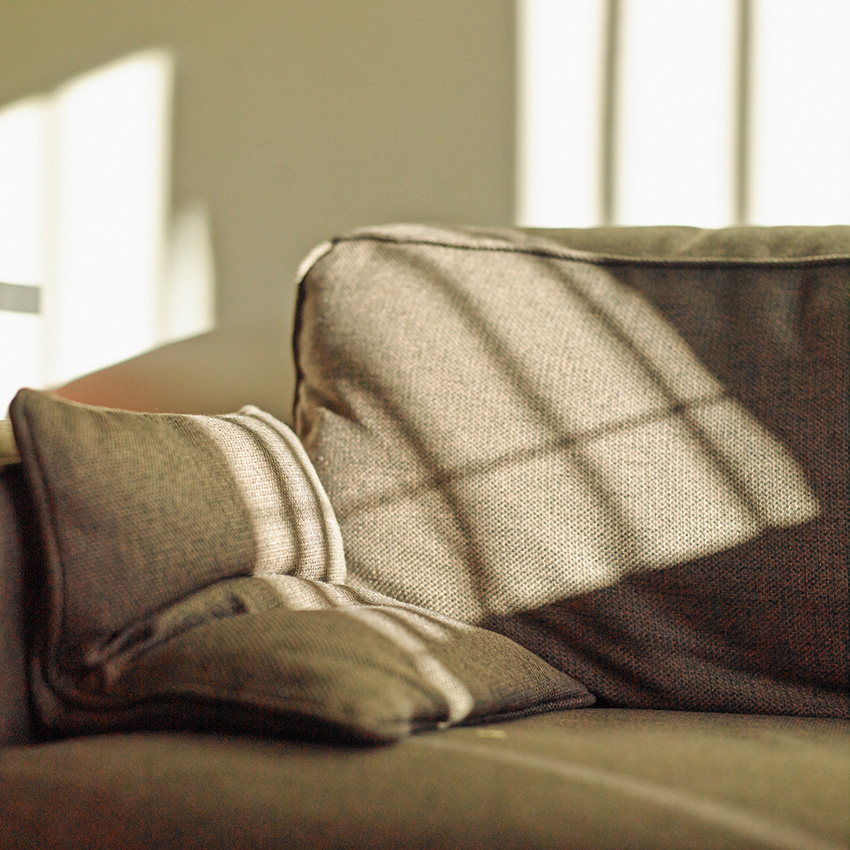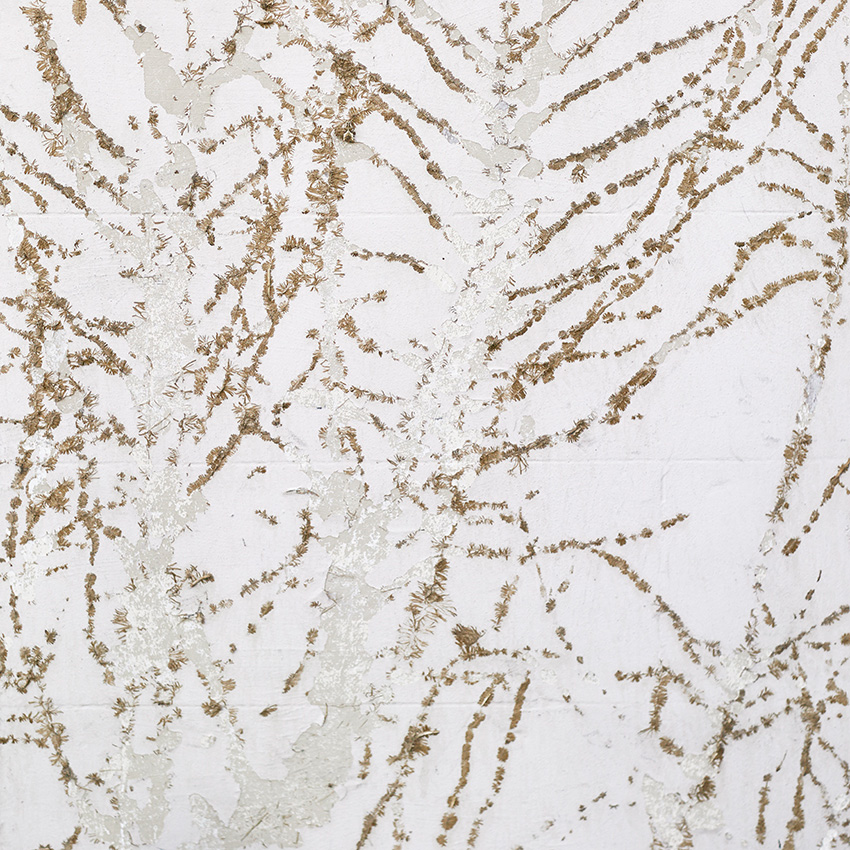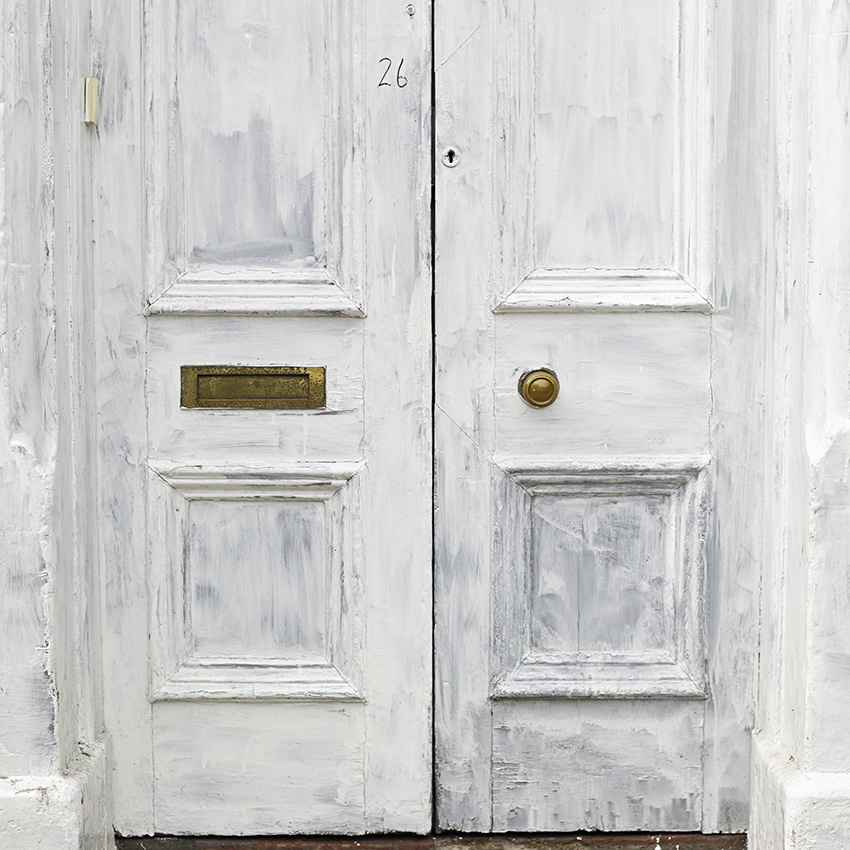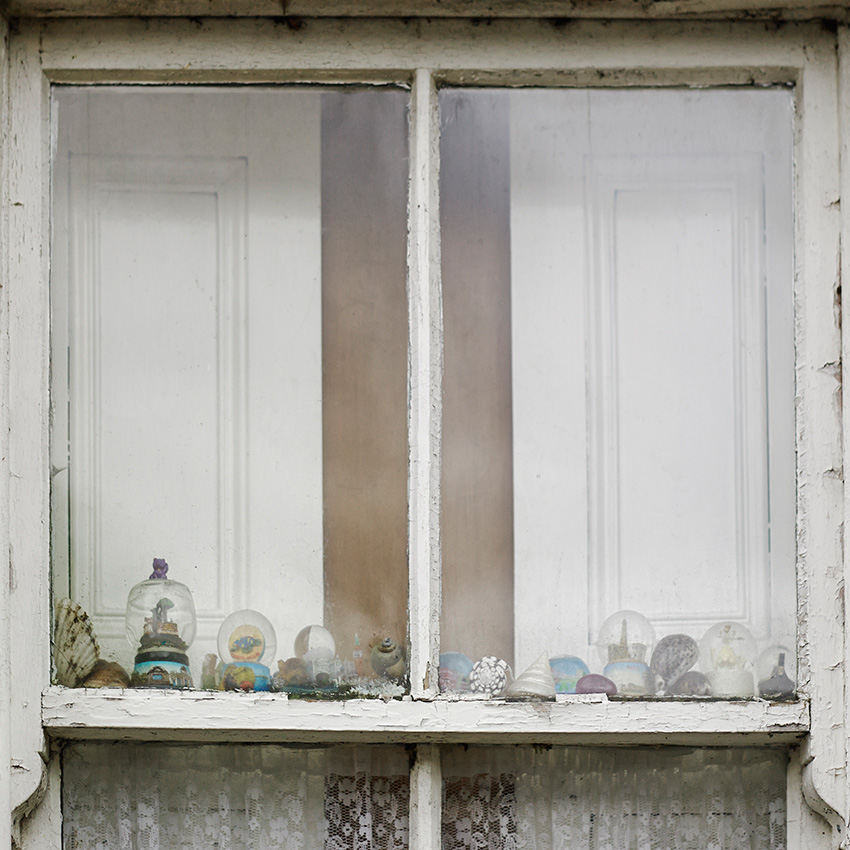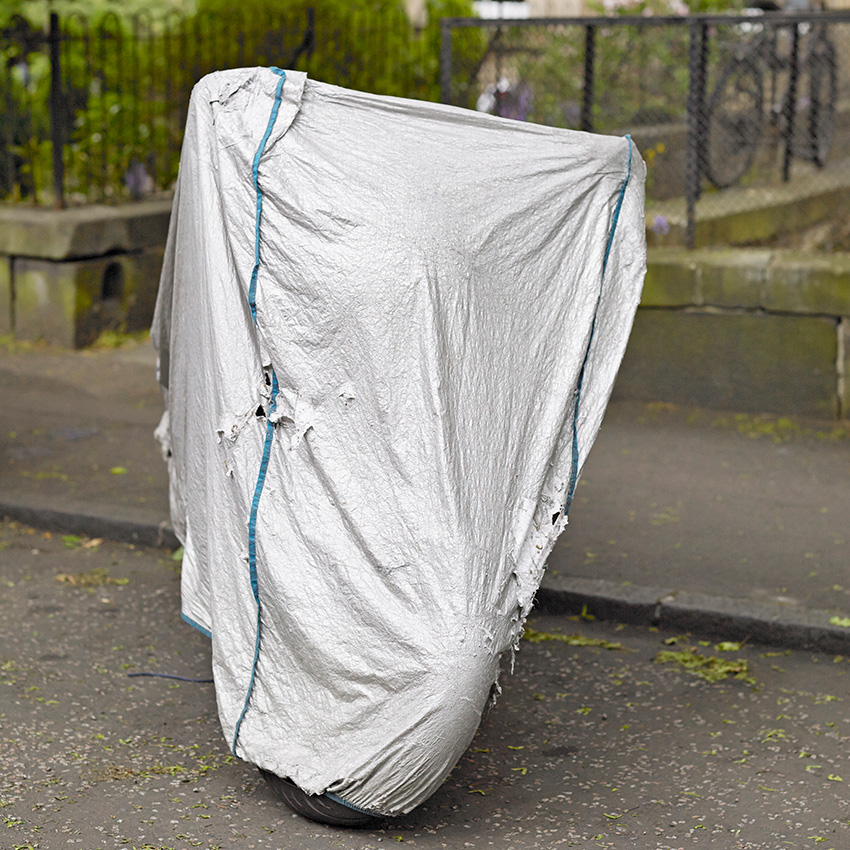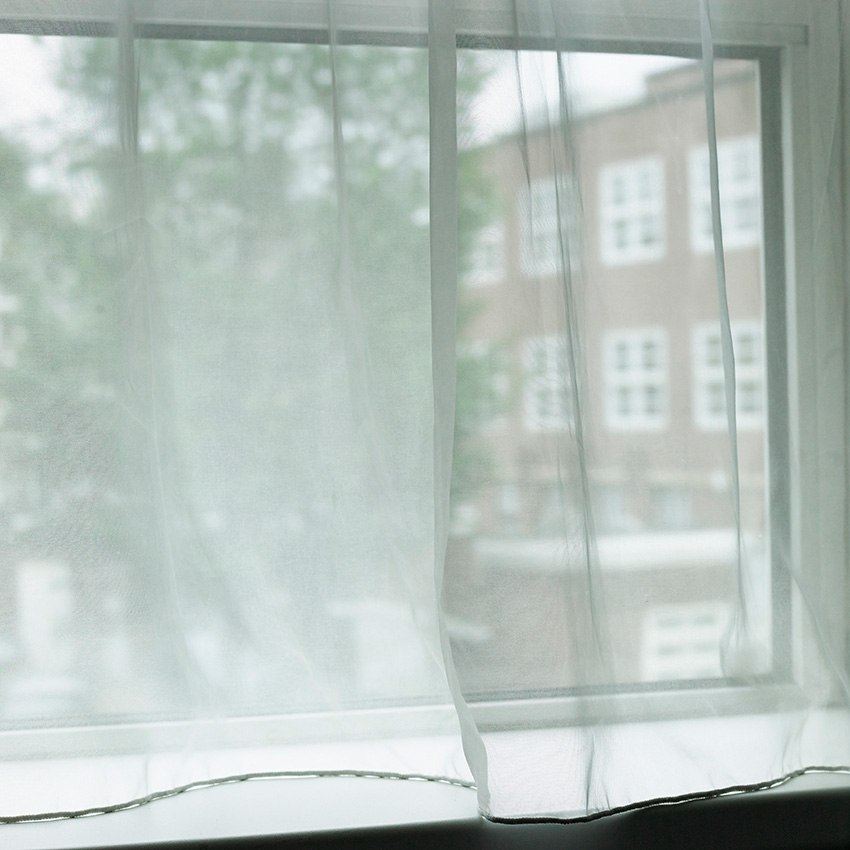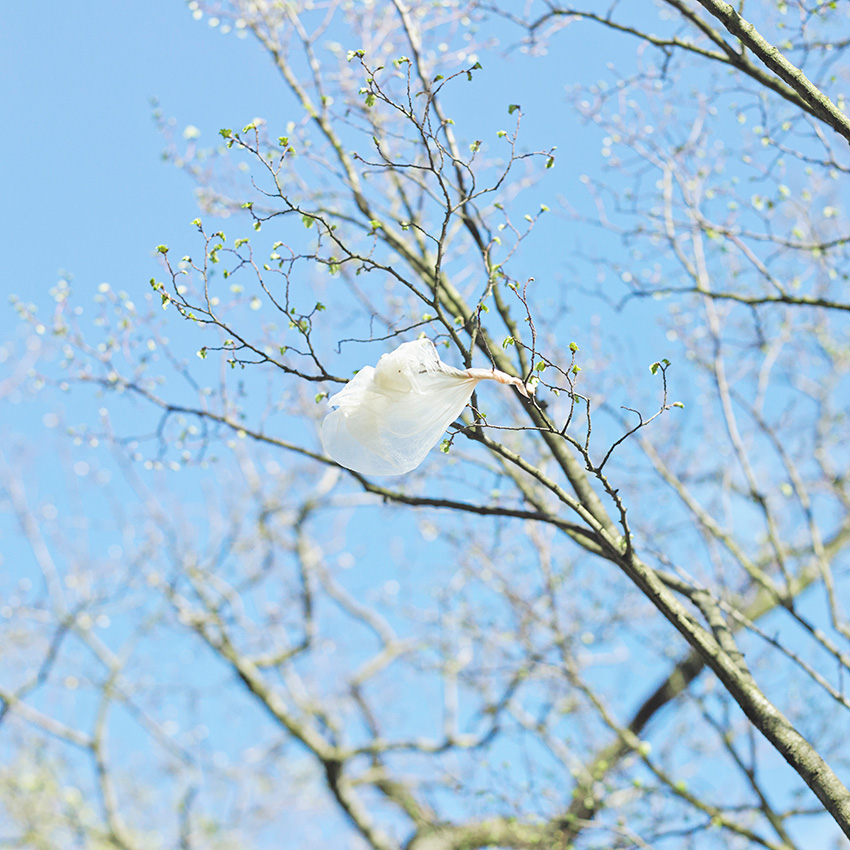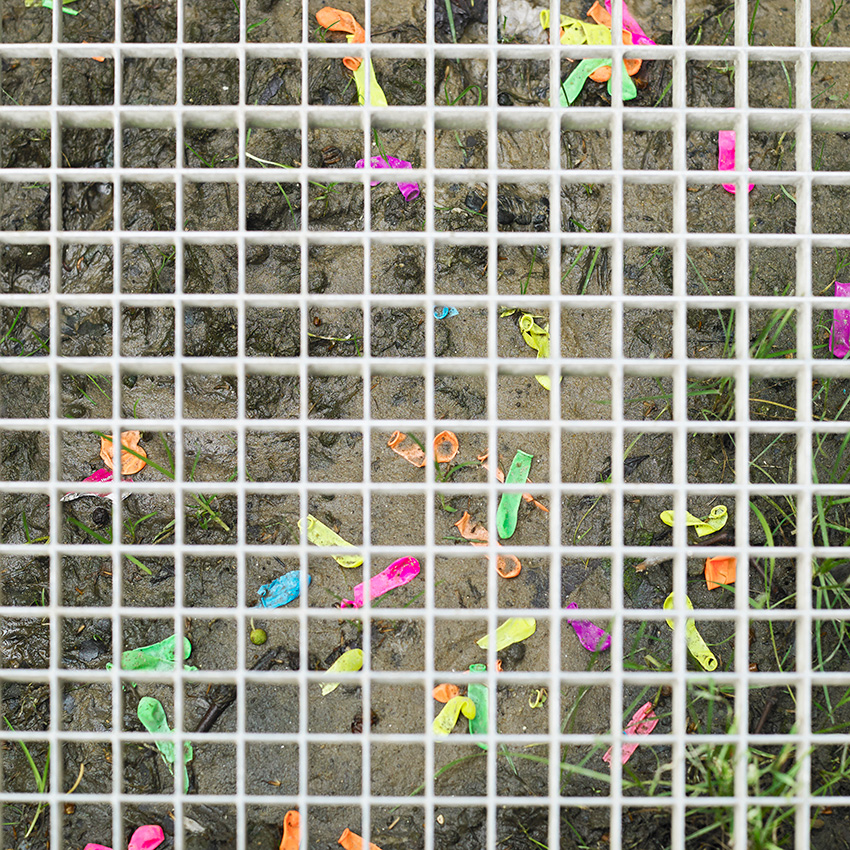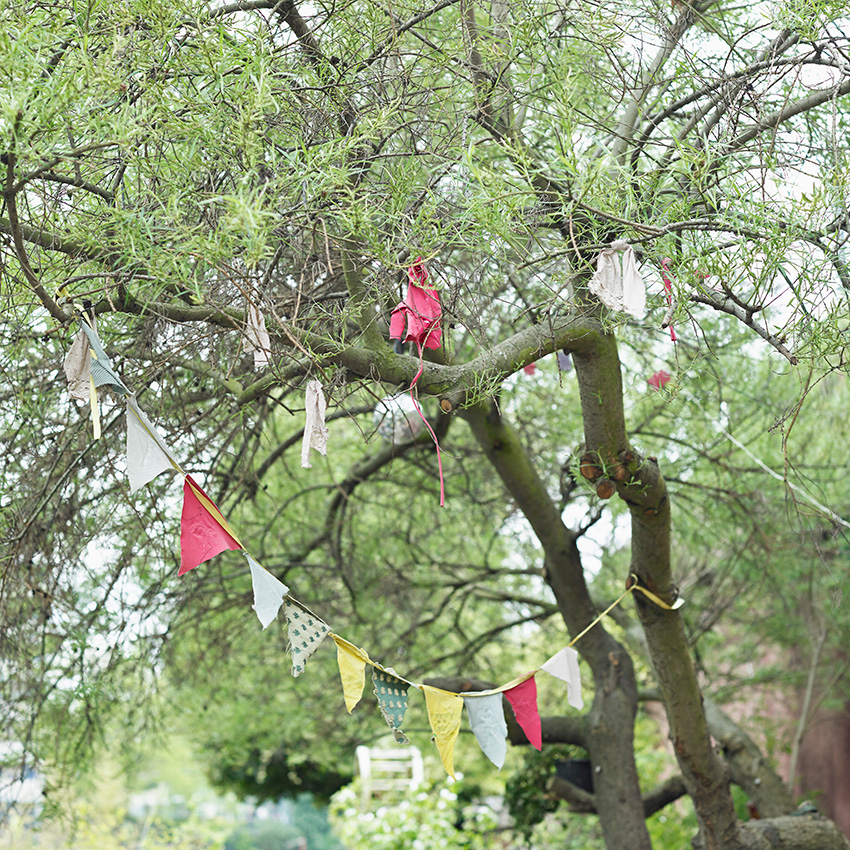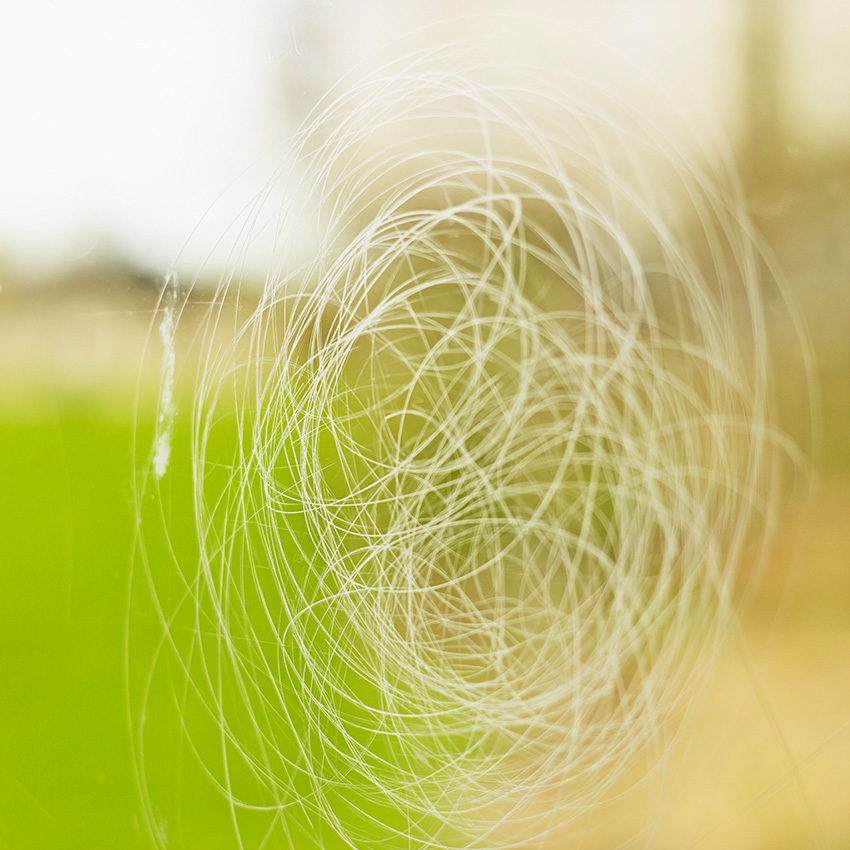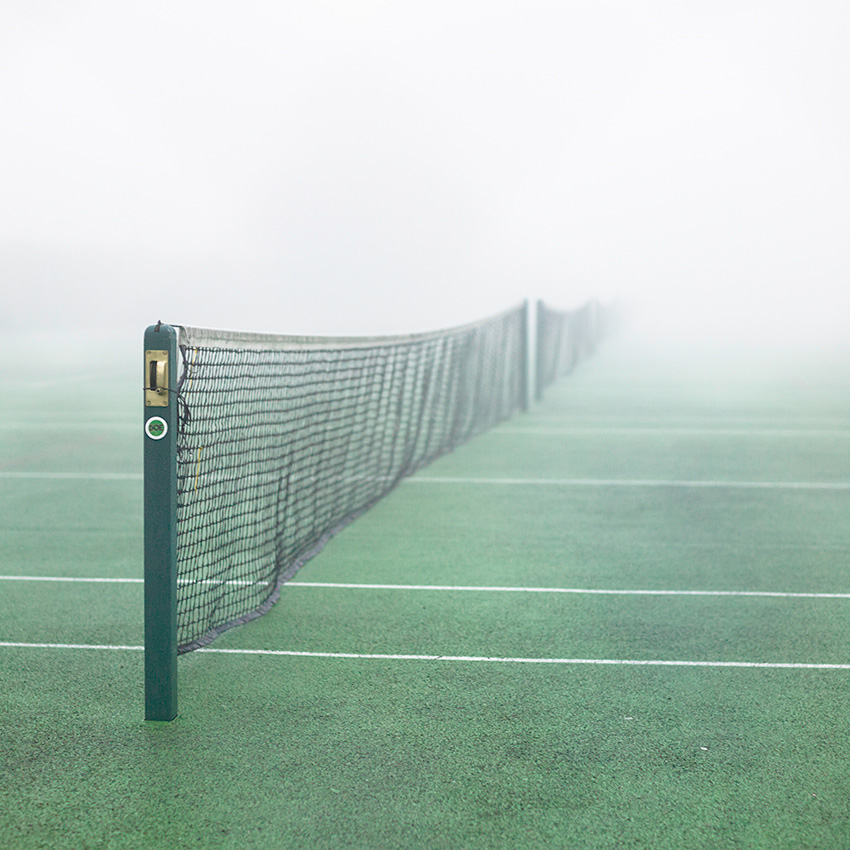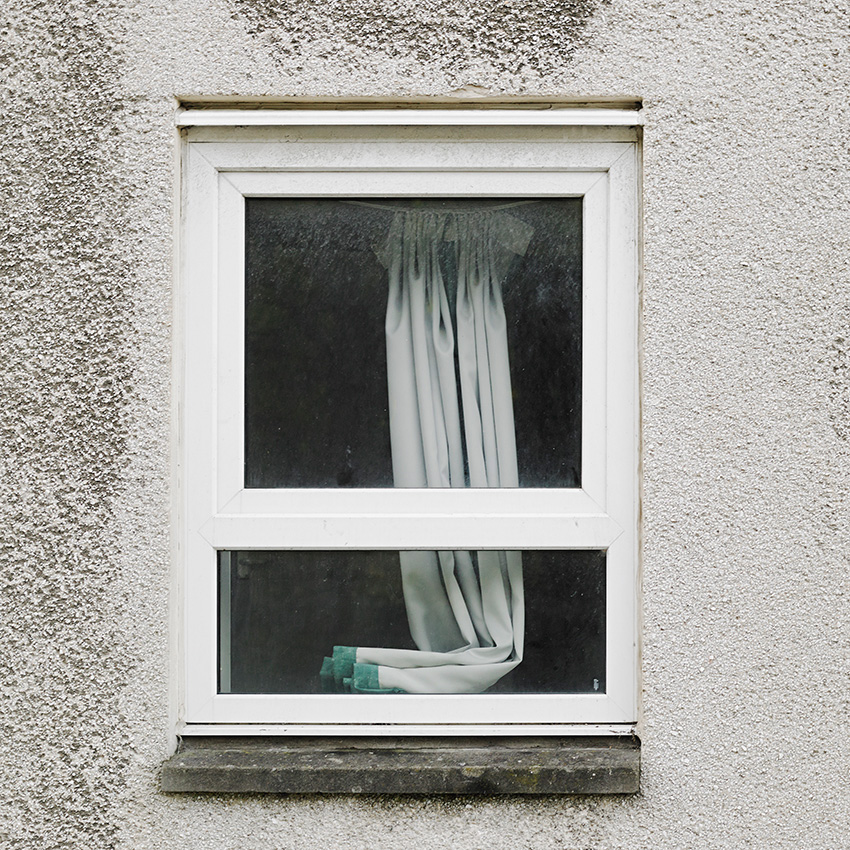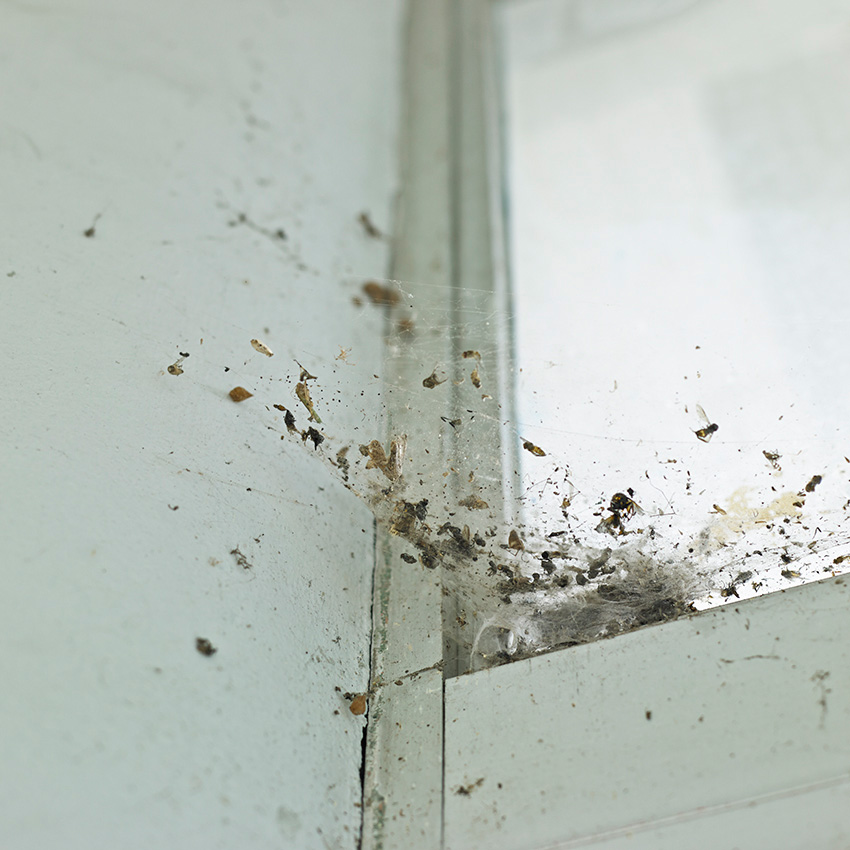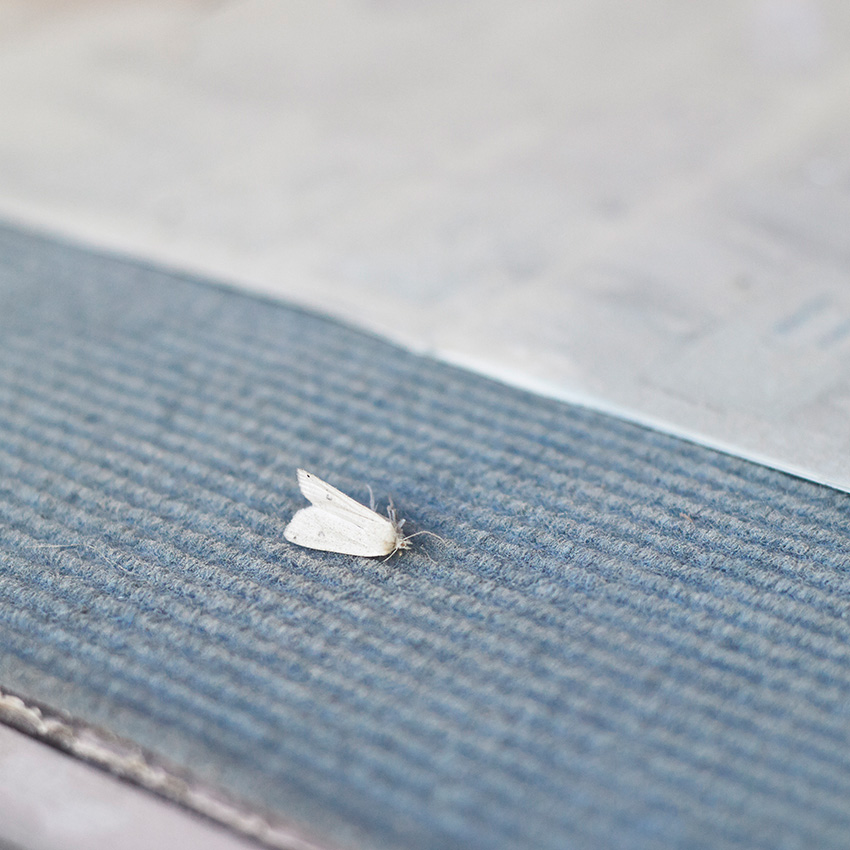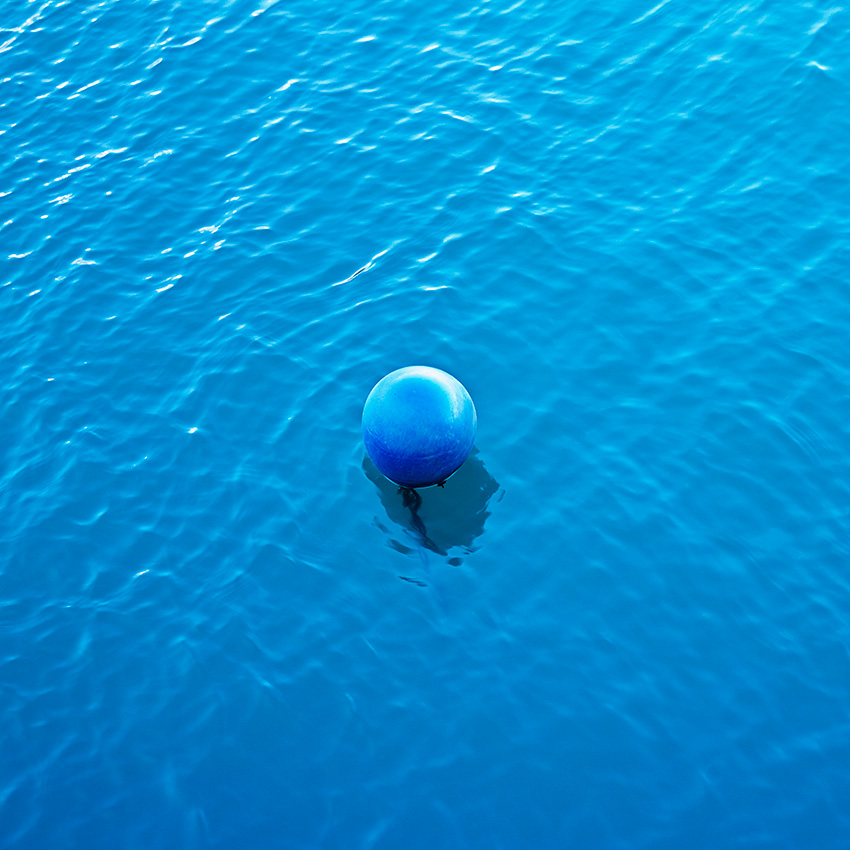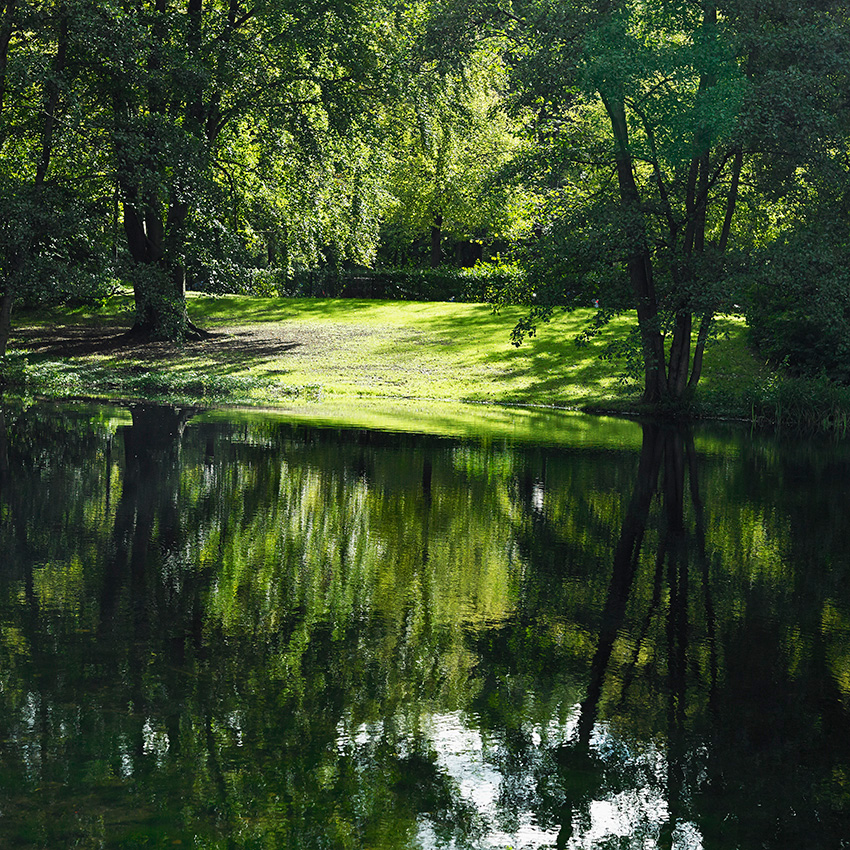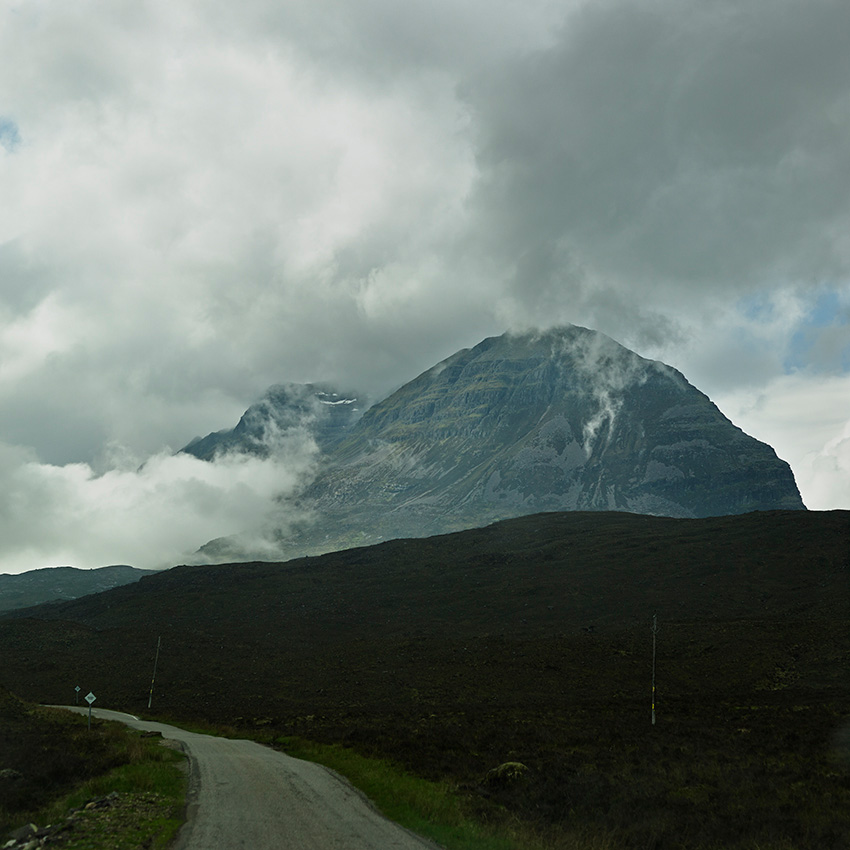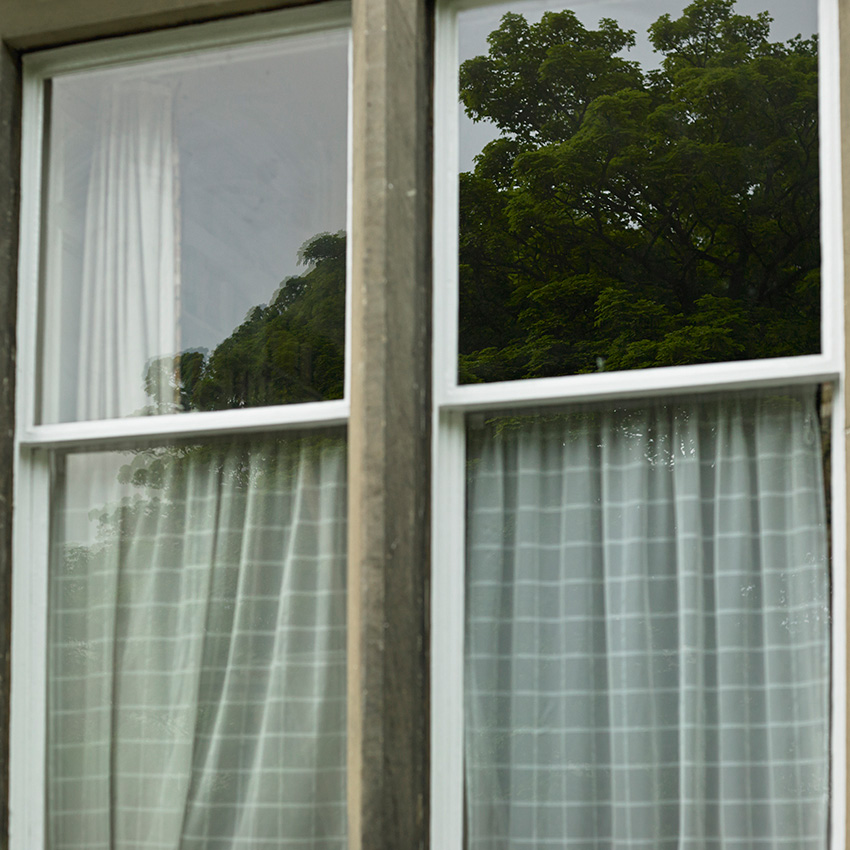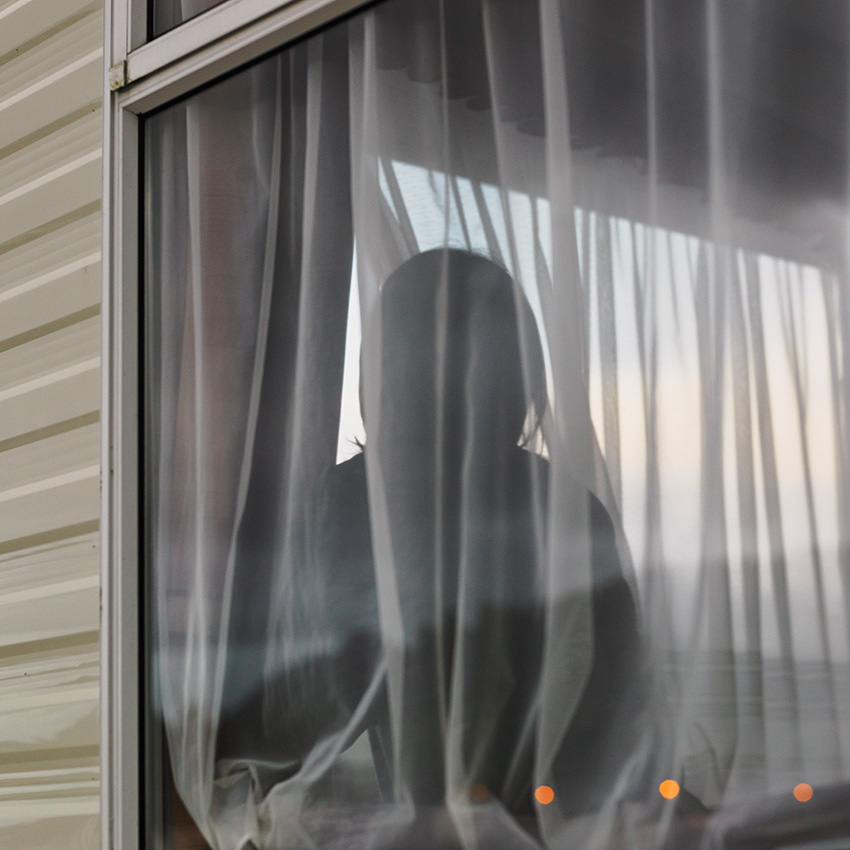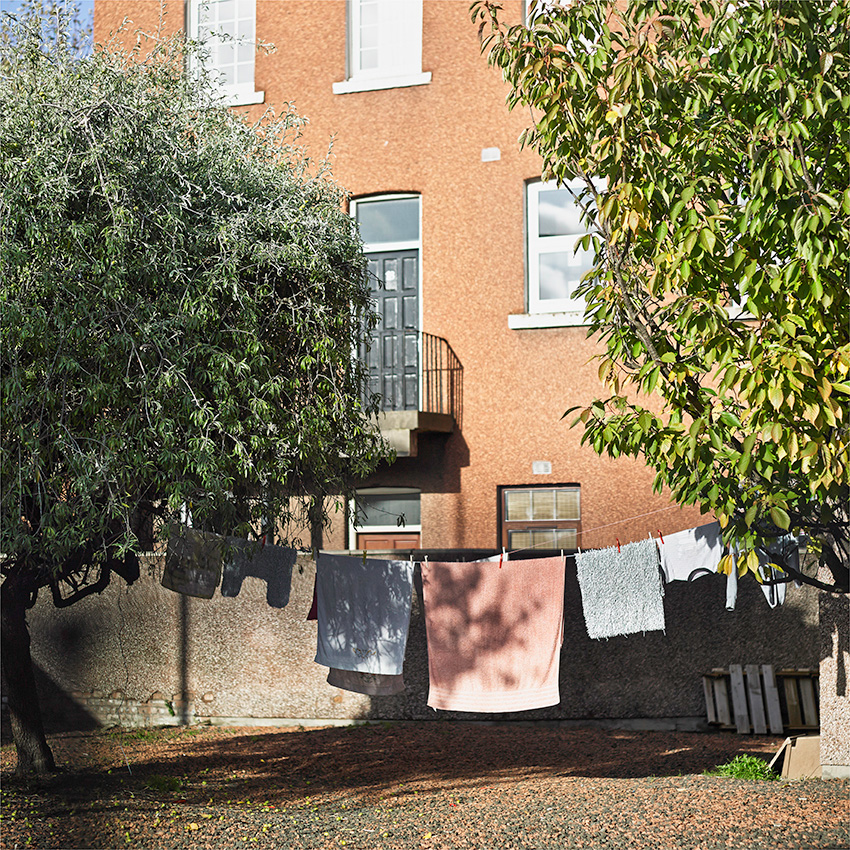2015.02.08 05:53
Kyungja Jeong 정경자-Story within a Story
조회 수 12234 추천 수 0 댓글 0
Imprint the Ghost of ‘Something Photographic’
The medium of photography now becomes an empty set. Even though an empty set is the subset of all sets, it does not have any elements. The number of Smartphone users in Korea exceeds 40 million. The Smartphone penetration rate in Korea is ranked at number one in the world. The resolution specification of built-in digital cameras in Smartphones is over 10 million pixels. That is, we live in a country where 40 million people carry their own cameras everywhere they go. Not only that, there are systems to record and share their daily life via various social media platforms such as Facebook, KakaoTalk and Instagram. There are domains where anyone can take photographs and share.
Even though photography is recognized as a representative media of a powerful visual literacy, it is difficult to easily answer the question, “what is something photographic,” especially in this time where making deliberations about photographic media is itself emasculated. This is also not to mention the question of where is the place for photographers to stand in front of this huge amount of material superiority provided by the digital era. If the seemingly silly (actually silly) question “what is photography” is valid, I wanted to find part of the answer from the photography of Jeong Kyungja.
In this solo exhibition [The Roots of Coincidence], Jeong Kyungja brings together the series that has been presented from studying abroad in United Kingdom in 2010. The exhibition presents the works from recent 5 years ranging from [Story within a Story] (2010-11) that talks about the sense of another world existing in reality through the object, [Speaking of Now] (2012-2013) which is a confession about the experiences of life and death that the artist herself felt and experienced in her surrounding, to [Language of Time] (2013-2014) which dealt with the repetitive cycle - creation-growth-extinction - through the surrounding objects around ruins where time is paused.
Jeong Kyungja takes photographs holding a camera on the street, inside a house, in nature and the city, and with people or objects. Even though her photography follows the technique of Straight Photography as much as possible, her photography is beyond reality. This seems to create the similar effect of making photography. This is the unique effect of Jeong’s photography. The three development stages of photography, which Philippe Dubois said almost perfectly, coexist in her photography. Dubois explained the process of photographic acts in three stages: The first stage is to try to reflect reality/nature as it is through the icon, the second stage is to go beyond the mere reflection and try to create a symbol of a higher level of reality such as abstraction, and the third stage is to function as index that reveals the causality and proximity to the reality (or absence) itself. Jeong’s photography is a sheer reflection of object and reality that she looks at and is also the symbol that fragmentally extracts these and makes them abstract through her own perspective. Her photography also functions as the index of a thing that certainly existed in its place but is absent and thus pierces me with the gap. As expressed by Roland Barthes, it functions as the indexical trace of “the chance that punctures (as well as hurts and forces) me in the photograph.”
Cactus’s pointed thorns by the window, texture of curtain, a flowing image of a street on a stagnant puddle, shadow cast on a mossy wall...the records of these moments that stick out from daily life bring time and myself here while preserving my being who sees this. The fragments of trivial moments documented in the photographs lead us in uncanny ways, which makes things both familiar and strange. The accumulation of time in which one disappears, pauses, is forgotten, and abandoned, comes back to here and now by the artist as she dissects the accumulation of the time. On the street, her gaze seeking the roots of coincidence in her life is persistent but relaxed, and lonely but clear.
Seeing Jeong’s photography, we feel familiarly frightened rather than drearily frightened. This might be closer to the destructive force of an image that recalls things through oblivion and generate things from ruins. The destructive force of an image is a power of realizing the immateriality and illusion of the existing object and is the opposite of the imaginative faculty that brings absent objects into existence (Kim Hong-jung, 《the Sociology of the Heart》, p.181). This is evocative of Walter Benjamin’s reading on the photography of Eugene Atget who took pictures from place to place on empty streets in Paris as if photographing the scene of a crime: “Unrestricted meditation no longer corresponds to photographs like this. Atget’s photography makes viewers anxious. He senses that he should find a particular path in order to reach the photograph.” Although Jeong Kyungja documents the object/reality as it is, what she captures is the hidden side, residues of reality, scenes of ruins composed by the excrement of emotion, and their imprints. And this is nothing but the serene frustration of a young photographer who tries to imprint photographic things in reality where they are wandering as ghost and trace of photography.
■ Yeo Kyung-hwan, Art Studies, Curator at SeMA (Seoul Museum of Art)
The medium of photography now becomes an empty set. Even though an empty set is the subset of all sets, it does not have any elements. The number of Smartphone users in Korea exceeds 40 million. The Smartphone penetration rate in Korea is ranked at number one in the world. The resolution specification of built-in digital cameras in Smartphones is over 10 million pixels. That is, we live in a country where 40 million people carry their own cameras everywhere they go. Not only that, there are systems to record and share their daily life via various social media platforms such as Facebook, KakaoTalk and Instagram. There are domains where anyone can take photographs and share.
Even though photography is recognized as a representative media of a powerful visual literacy, it is difficult to easily answer the question, “what is something photographic,” especially in this time where making deliberations about photographic media is itself emasculated. This is also not to mention the question of where is the place for photographers to stand in front of this huge amount of material superiority provided by the digital era. If the seemingly silly (actually silly) question “what is photography” is valid, I wanted to find part of the answer from the photography of Jeong Kyungja.
In this solo exhibition [The Roots of Coincidence], Jeong Kyungja brings together the series that has been presented from studying abroad in United Kingdom in 2010. The exhibition presents the works from recent 5 years ranging from [Story within a Story] (2010-11) that talks about the sense of another world existing in reality through the object, [Speaking of Now] (2012-2013) which is a confession about the experiences of life and death that the artist herself felt and experienced in her surrounding, to [Language of Time] (2013-2014) which dealt with the repetitive cycle - creation-growth-extinction - through the surrounding objects around ruins where time is paused.
Jeong Kyungja takes photographs holding a camera on the street, inside a house, in nature and the city, and with people or objects. Even though her photography follows the technique of Straight Photography as much as possible, her photography is beyond reality. This seems to create the similar effect of making photography. This is the unique effect of Jeong’s photography. The three development stages of photography, which Philippe Dubois said almost perfectly, coexist in her photography. Dubois explained the process of photographic acts in three stages: The first stage is to try to reflect reality/nature as it is through the icon, the second stage is to go beyond the mere reflection and try to create a symbol of a higher level of reality such as abstraction, and the third stage is to function as index that reveals the causality and proximity to the reality (or absence) itself. Jeong’s photography is a sheer reflection of object and reality that she looks at and is also the symbol that fragmentally extracts these and makes them abstract through her own perspective. Her photography also functions as the index of a thing that certainly existed in its place but is absent and thus pierces me with the gap. As expressed by Roland Barthes, it functions as the indexical trace of “the chance that punctures (as well as hurts and forces) me in the photograph.”
Cactus’s pointed thorns by the window, texture of curtain, a flowing image of a street on a stagnant puddle, shadow cast on a mossy wall...the records of these moments that stick out from daily life bring time and myself here while preserving my being who sees this. The fragments of trivial moments documented in the photographs lead us in uncanny ways, which makes things both familiar and strange. The accumulation of time in which one disappears, pauses, is forgotten, and abandoned, comes back to here and now by the artist as she dissects the accumulation of the time. On the street, her gaze seeking the roots of coincidence in her life is persistent but relaxed, and lonely but clear.
Seeing Jeong’s photography, we feel familiarly frightened rather than drearily frightened. This might be closer to the destructive force of an image that recalls things through oblivion and generate things from ruins. The destructive force of an image is a power of realizing the immateriality and illusion of the existing object and is the opposite of the imaginative faculty that brings absent objects into existence (Kim Hong-jung, 《the Sociology of the Heart》, p.181). This is evocative of Walter Benjamin’s reading on the photography of Eugene Atget who took pictures from place to place on empty streets in Paris as if photographing the scene of a crime: “Unrestricted meditation no longer corresponds to photographs like this. Atget’s photography makes viewers anxious. He senses that he should find a particular path in order to reach the photograph.” Although Jeong Kyungja documents the object/reality as it is, what she captures is the hidden side, residues of reality, scenes of ruins composed by the excrement of emotion, and their imprints. And this is nothing but the serene frustration of a young photographer who tries to imprint photographic things in reality where they are wandering as ghost and trace of photography.
■ Yeo Kyung-hwan, Art Studies, Curator at SeMA (Seoul Museum of Art)
‘사진적인 것’의 유령을 압인(壓印)하다
이제 사진이라는 매체는 공집합이 되었다. 공집합은 모든 집합의 부분집합이지만 정작 그 자신은 원소를 하나도 가지지 않는 집합이다. 국내 스마트폰 이용자수가 4천만 명을 넘어섰고, 스마트폰 보급률은 세계 1위를 기록하고 있다. 스마트폰에 내장된 디지털카메라의 사양은 최소 1000만 화소 이상이다. 즉, 우리는 4천만 명이 어디를 가나 카메라를 손에 들고 다니는 나라에 살고 있다. 그뿐만이 아니라. 페이스북, 카카오톡, 인스타그램 등 갖가지 소셜 미디어를 통해 자신의 일상을 찍어서 공유하는 시스템을 가지고 있다. 누구나 사진을 찍고, 누구나 그것을 공유(발표)할 수 있는 장이 있다.
사진은 강력한 비주얼 리터러시(visual literacy)를 대표하는 매체로 자리잡았지만, 대체 사진적인 것이 무엇인가라는 질문 앞에는 선뜻 대답하기 어렵다. 디지털 시대가 제공한 이 엄청난 물량의 공세 앞에 대체 사진가들이 서야 할 자리는 어디인가라는 질문은 말할 것도 없이, 사진이라는 매체에 대한 숙고 자체를 무력하게 만드는 이 시대에서 말이다. 대체 사진이란 무엇인가라는 정말 미련해 보이는(실제로도 미련할) 질문이 아직 유효할 수 있다면, 나는 그 답의 일부를 정경자 사진에서 찾고 싶다.
정경자는 이번 개인전 [우연의 뿌리]에서 2010년 영국 유학을 기점으로 선보여온 시리즈들을 한자리에 모은다. 현실에 존재하는 또 다른 세계에 대한 감각을 사물을 통해 이야기하는 [Story within a Story](2010-11), 작가 자신이 자신의 주변에서 느끼고 겪어낸 삶과 죽음의 경험들에 대한 고백인 [Speaking of Now](2012-2013), 시간이 정지한 폐허의 주변의 사물들을 통해 생성-성장-소멸을 반복하는 순환의 고리를 다룬 [Language of Time](2013-2014)까지 최근 5년 동안의 작업들을 한자리에 선보인다.
정경자는 카메라를 들고 거리에서, 집안에서, 자연에서, 도시에서, 인물 속에서 혹은 사물들 속에서 사진을 찍는다. 자신이 만들어낸 이미지가 아닌, 최대한 스트레이트 기법에 충실한 사진에도 불구하고 그녀의 사진은 현실을 벗어나 있다. 마치 그것은 메이킹 포토(making photography)와 같은 효과를 낸다. 이것이 바로 정경자 사진의 독특한 지점이다. 필립 뒤부아가 말한 사진 발전의 세 단계가 그녀의 사진 속에는 거의 완벽히 뒤섞여있다. 뒤부아는 사진적 행위의 진행과정을 현실/자연을 그대로 반영하는 도상이라는 첫 번째 단계와 단순한 반영을 넘어 추상 등을 통한 고차원적 현실의 상징을 시도하는 두 번째 단계, 그리고 현실(혹은 부재) 자체의 인과성과 인접성을 드러내는 지표(index)로 기능하는 세 번째 단계로 설명했다. 정경자의 사진은 자신이 바라보는 대상이나 현실에 순전한 반영이면서도 이를 그만의 시각으로 파편적으로 발췌하고 추상화하는 상징이면서 그 자리에 분명히 존재했지만 부재하는 간극으로 인해 나를 찔러오는, 롤랑 바르트의 표현대로 “사진 안에서 나를 찌르는(뿐만 아니라 나에게 상처를 주고 완력을 쓰는) 그 우연”의 자국인 지표로 기능한다.
창가 선인장의 뾰족한 가시, 커튼의 질감, 고인 물웅덩이에 흐르는 거리, 이끼 낀 벽에 드리운 그림자…일상을 비집고 튀어나온 이순간의 기록들은 그대로 그 때의 시간과 그것을 보았던 나의 존재를 방부하면서 현재의 이곳으로 데려온다. 그 사진 속에 기록된 보잘것없는 순간의 파편들은 어쩔 수 없이 우리를 친숙하면서도 낯설게 만드는 언캐니의 방식으로 유도한다. 그것을 관통하는 정경자의 시선은 사라지고 정지되고 소외되고 잊혀지고 버려지고 그럼으로써 시간이 쌓이는 것을 절개해서 지금, 여기로 데려온다. 거리에서, 삶의 한복판에서 우연의 뿌리를 찾는 그녀의 응시는 집요하지만 느긋하고, 쓸쓸하지만 선명하다.
정경자의 사진을 보는 우리는 으스스한 섬뜩함이 아니라 우리에게 친근한 섬뜩함을 느끼게 된다. 그것은 아마도 망각을 통해 상기하는, 폐허에서 생성하는 파상력(破像力)에 더 맞닿아 있다. 파상력은 부재하는 대상을 현존시키는 힘인 상상력과는 반대로, 현존하는 대상의 비실체성 혹은 환각성을 깨닫는 힘이다(김홍중, [[마음의 사회학]], p.181). 그것은 발터 벤야민이 으젠 앗제가 마치 범행 현장을 찍듯이 텅 빈 파리 거리 곳곳을 찍었던 사진에서 "자유로운 명상은 더 이상 이러한 사진에 부합되지 않는다. 앗제의 사진은 보는 사람을 불안하게 만든다. 그러한 사진에 이르기 위해서는 그는 어떤 특수한 길을 찾지 않으면 안된다고 느끼는 것이다"라는 점을 읽어냈던 것을 떠올리게 한다. 있는 그대로의 대상/현실을 기록하지만 정경자가 담아내는 것은 세상의 이면, 현실의 잔해, 감정의 배설물이 이루는 폐허의 풍경, 그것의 압인인 것이다. 그리고 그것은 사진적인 것이 유령/흔적으로 배회하는 현실 속에서 그것을 사진으로 압인하고자 하는 한 젊은 사진가의 담담한 좌절, 그것에 다름 아니다.
■ 여경환 | 예술학. 서울시립미술관 학예연구사
이제 사진이라는 매체는 공집합이 되었다. 공집합은 모든 집합의 부분집합이지만 정작 그 자신은 원소를 하나도 가지지 않는 집합이다. 국내 스마트폰 이용자수가 4천만 명을 넘어섰고, 스마트폰 보급률은 세계 1위를 기록하고 있다. 스마트폰에 내장된 디지털카메라의 사양은 최소 1000만 화소 이상이다. 즉, 우리는 4천만 명이 어디를 가나 카메라를 손에 들고 다니는 나라에 살고 있다. 그뿐만이 아니라. 페이스북, 카카오톡, 인스타그램 등 갖가지 소셜 미디어를 통해 자신의 일상을 찍어서 공유하는 시스템을 가지고 있다. 누구나 사진을 찍고, 누구나 그것을 공유(발표)할 수 있는 장이 있다.
사진은 강력한 비주얼 리터러시(visual literacy)를 대표하는 매체로 자리잡았지만, 대체 사진적인 것이 무엇인가라는 질문 앞에는 선뜻 대답하기 어렵다. 디지털 시대가 제공한 이 엄청난 물량의 공세 앞에 대체 사진가들이 서야 할 자리는 어디인가라는 질문은 말할 것도 없이, 사진이라는 매체에 대한 숙고 자체를 무력하게 만드는 이 시대에서 말이다. 대체 사진이란 무엇인가라는 정말 미련해 보이는(실제로도 미련할) 질문이 아직 유효할 수 있다면, 나는 그 답의 일부를 정경자 사진에서 찾고 싶다.
정경자는 이번 개인전 [우연의 뿌리]에서 2010년 영국 유학을 기점으로 선보여온 시리즈들을 한자리에 모은다. 현실에 존재하는 또 다른 세계에 대한 감각을 사물을 통해 이야기하는 [Story within a Story](2010-11), 작가 자신이 자신의 주변에서 느끼고 겪어낸 삶과 죽음의 경험들에 대한 고백인 [Speaking of Now](2012-2013), 시간이 정지한 폐허의 주변의 사물들을 통해 생성-성장-소멸을 반복하는 순환의 고리를 다룬 [Language of Time](2013-2014)까지 최근 5년 동안의 작업들을 한자리에 선보인다.
정경자는 카메라를 들고 거리에서, 집안에서, 자연에서, 도시에서, 인물 속에서 혹은 사물들 속에서 사진을 찍는다. 자신이 만들어낸 이미지가 아닌, 최대한 스트레이트 기법에 충실한 사진에도 불구하고 그녀의 사진은 현실을 벗어나 있다. 마치 그것은 메이킹 포토(making photography)와 같은 효과를 낸다. 이것이 바로 정경자 사진의 독특한 지점이다. 필립 뒤부아가 말한 사진 발전의 세 단계가 그녀의 사진 속에는 거의 완벽히 뒤섞여있다. 뒤부아는 사진적 행위의 진행과정을 현실/자연을 그대로 반영하는 도상이라는 첫 번째 단계와 단순한 반영을 넘어 추상 등을 통한 고차원적 현실의 상징을 시도하는 두 번째 단계, 그리고 현실(혹은 부재) 자체의 인과성과 인접성을 드러내는 지표(index)로 기능하는 세 번째 단계로 설명했다. 정경자의 사진은 자신이 바라보는 대상이나 현실에 순전한 반영이면서도 이를 그만의 시각으로 파편적으로 발췌하고 추상화하는 상징이면서 그 자리에 분명히 존재했지만 부재하는 간극으로 인해 나를 찔러오는, 롤랑 바르트의 표현대로 “사진 안에서 나를 찌르는(뿐만 아니라 나에게 상처를 주고 완력을 쓰는) 그 우연”의 자국인 지표로 기능한다.
창가 선인장의 뾰족한 가시, 커튼의 질감, 고인 물웅덩이에 흐르는 거리, 이끼 낀 벽에 드리운 그림자…일상을 비집고 튀어나온 이순간의 기록들은 그대로 그 때의 시간과 그것을 보았던 나의 존재를 방부하면서 현재의 이곳으로 데려온다. 그 사진 속에 기록된 보잘것없는 순간의 파편들은 어쩔 수 없이 우리를 친숙하면서도 낯설게 만드는 언캐니의 방식으로 유도한다. 그것을 관통하는 정경자의 시선은 사라지고 정지되고 소외되고 잊혀지고 버려지고 그럼으로써 시간이 쌓이는 것을 절개해서 지금, 여기로 데려온다. 거리에서, 삶의 한복판에서 우연의 뿌리를 찾는 그녀의 응시는 집요하지만 느긋하고, 쓸쓸하지만 선명하다.
정경자의 사진을 보는 우리는 으스스한 섬뜩함이 아니라 우리에게 친근한 섬뜩함을 느끼게 된다. 그것은 아마도 망각을 통해 상기하는, 폐허에서 생성하는 파상력(破像力)에 더 맞닿아 있다. 파상력은 부재하는 대상을 현존시키는 힘인 상상력과는 반대로, 현존하는 대상의 비실체성 혹은 환각성을 깨닫는 힘이다(김홍중, [[마음의 사회학]], p.181). 그것은 발터 벤야민이 으젠 앗제가 마치 범행 현장을 찍듯이 텅 빈 파리 거리 곳곳을 찍었던 사진에서 "자유로운 명상은 더 이상 이러한 사진에 부합되지 않는다. 앗제의 사진은 보는 사람을 불안하게 만든다. 그러한 사진에 이르기 위해서는 그는 어떤 특수한 길을 찾지 않으면 안된다고 느끼는 것이다"라는 점을 읽어냈던 것을 떠올리게 한다. 있는 그대로의 대상/현실을 기록하지만 정경자가 담아내는 것은 세상의 이면, 현실의 잔해, 감정의 배설물이 이루는 폐허의 풍경, 그것의 압인인 것이다. 그리고 그것은 사진적인 것이 유령/흔적으로 배회하는 현실 속에서 그것을 사진으로 압인하고자 하는 한 젊은 사진가의 담담한 좌절, 그것에 다름 아니다.
■ 여경환 | 예술학. 서울시립미술관 학예연구사

